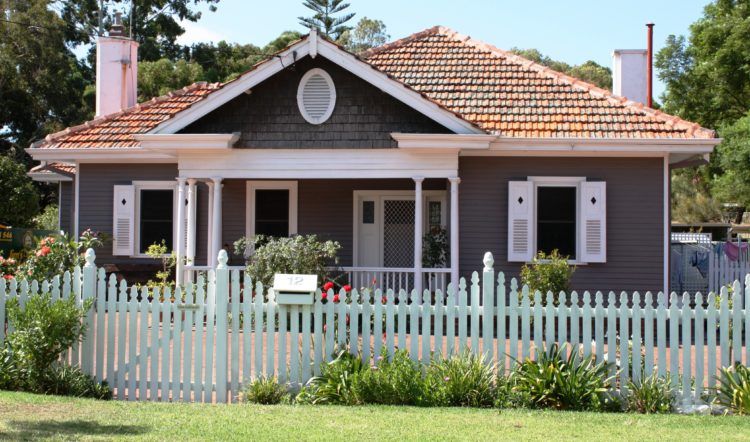
When you live in a house in any part of the country or world, anything can happen. You may think that nothing bad will ever happen to you, but that’s not always the case. It’s actually a very good chance that you’ll experience a home emergency at some point within your life. To help you prepare for such events, though, here are four common emergency types and what you should do if they ever happen to you and your house.
Fallen Tree
The National Storm Damage Center states that more than one billion dollars in property damage occurs in the United States every year due to falling trees and branches. Falling branches and trees can flatten fences and sheds, crush vehicles, and splinter roofs. They can also fall on electrical wires, causing a fire. You should be very wary of approaching a downed branch or tree due to instability—it may fall more or roll—and the risk of it being tangled in power lines. If it has penetrated the roof or a wall in your home, then you should evacuate due to possible structural instability or damage to wiring, which can present a fire risk.
Leaking Roof
You may be going about your normal routine in your home while it is raining outside and suddenly feel something wet drip onto your head. The spot where the drip occurred may not even be close to the attic because water, like electricity, takes the path of least resistance. A stain on a ceiling, mineral residue from evaporated water spots in the attic, and wet or discolored insulation are all indicators of a roof leak. There is not much that can be done while it is raining other than to put out containers to catch the drips and cut the power at the breaker box for any electrical circuits in the area of the leak. In this case, you should take the time to call a professional roof repair expert as soon as possible, and keep your drip containers from overflowing. All of the residual moisture can be dried later.
Plumbing Emergencies
A bursting pipe can be a result of frigid weather affecting water lines in wall spaces of exterior walls. High water pressure can contribute to burst pipes, and many service lines connecting sinks, toilets and appliances may be made of non-reinforced flexible hose material that can burst. Adults and older children in the home should be aware of the location of all shutoff valves, especially the main water valve. Be wary of getting close to spraying or standing water that is close to electrical appliances and wiring. If it is not safe to shut off the water at the closest shutoff valve, shut off the main water valve instead. Then, call a plumber, such as one from The Clean Plumbers, who offers emergency repair services.
Sewer line clogs are another plumbing emergency. They most likely occur in old cast iron and terracotta pipes and can be caused by anything from infiltrating tree roots to collapsed lines. Fortunately, even collapsed pipes can now often be repaired without digging up the old line, but they do require professional intervention. The main thing to do is to stop running any water down the drain when a blockage occurs, and call a plumber.
Public Utility Failure
Have a plan in place if the power grid fails or the water stops flowing. Just as you can have little household emergencies due to infrastructure failures, the municipal systems can also fail. Main water lines in the street can burst and halt service to thousands of customers. The power grid serving your home can be taken out by a lightning strike to a transformer, a branch falling across the lines, and even a vehicle knocking down a utility pole. If you lose power or water, check with neighbors to see if they are without it as well. If it is just you, then the problem is at your home. In most cases you do not have to do anything except wait for service to be restored. However, you should have a comprehensive plan in place for alternate ways to light your home and keep it warm or cool until power is restored. You should also acquire bottled water in sufficient quantity until the water service is restored.
Home emergencies require a common sense approach to dealing with them safely and efficiently, and this best comes about by thinking about what you would do for each likely scenario to affect your home. Tailor your planned response to the unique needs of your home, its location and your family lifestyle.


Comments
Loading…